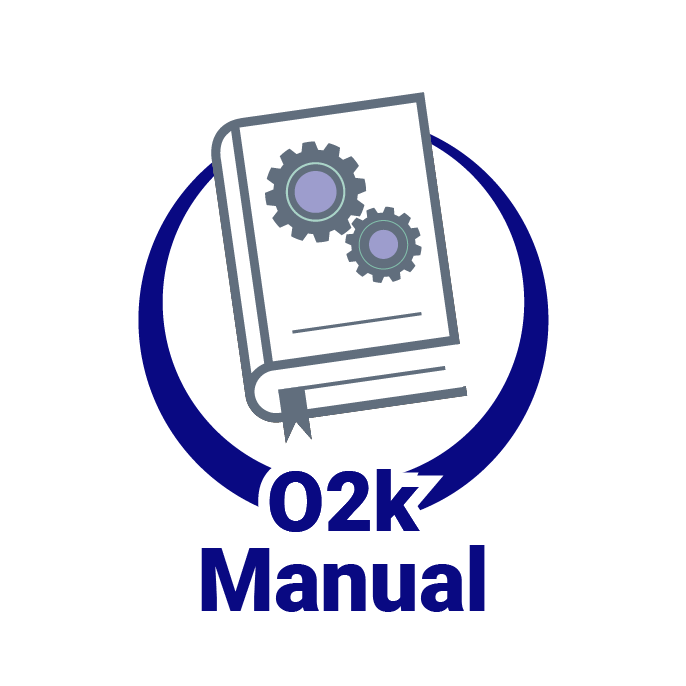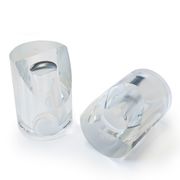From Bioblast
 |
O2k-Chamber sV |
MitoPedia O2k and high-resolution respirometry:
O2k-Open Support
Description
O2k-Chamber sV: 12 mm inner diameter, Duran® glass polished, with standard operation volume V of 0.5 mL.
Reference: Product details and purchase information
Keywords
- »Bioblast links: Chamber volume - >>>>>>> - Click on [Expand] or [Collapse] - >>>>>>>
- » Volume
- Units: Liter [L]; 1 L = 1 dm3 = 10-3 m3; 1 mL = 1 cm3; 1 µL = 1 mm3
- » Volume
- On chamber volume
- Components of the experimental O2k-chambers
- » Stirrer-Bar\white PVDF\15x6 mm
- » Stirrer-Bar sV\white PVDF\11.5x6.2 mm
- » Stopper\black PEEK\conical Shaft\central Port
- » Stopper sV\black PEEK\conical Shaft\central Port
- » O-ring\Viton\12.5x1 mm
- » O-ring sV\Viton\9.5x1 mm
- » Volume-Calibration Ring
- » Volume-Calibration Ring sV
- » Stopper-Spacer
- » Cover-Slip\black
- » O2k-Chamber Holder
- » O2k-Chamber Holder sV
- » OroboPOS-Holder
- » OroboPOS-Holder sV
- Maintencance
MitoPedia O2k and high-resolution respirometry: O2k hardware, O2k-Open Support, O2k-Respirometry, O2k-FluoRespirometry





